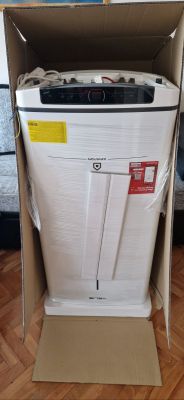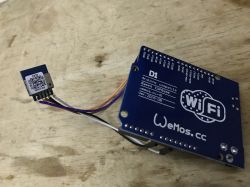Hello
I have to make a simple home automation based on ESP8266 and Raspberry. The principle is to be that through, for example, a web interface that runs on the Raspberry I should be able to change the state of individual outputs on the ESP8266. It is also supposed to work the other way around, i.e. e.g. giving a high state to the input of one esp8266 module should change the state of the output of another ESP, but going through the server on the Raspberry.
If I didn't need to use a server I would use UDP communication between the two ESP modules, but yes I don't really have much idea how to do this. Could I ask for some guidance on how to do such communication and what protocols to use? I will be programming in the Arduino IDE
I have to make a simple home automation based on ESP8266 and Raspberry. The principle is to be that through, for example, a web interface that runs on the Raspberry I should be able to change the state of individual outputs on the ESP8266. It is also supposed to work the other way around, i.e. e.g. giving a high state to the input of one esp8266 module should change the state of the output of another ESP, but going through the server on the Raspberry.
If I didn't need to use a server I would use UDP communication between the two ESP modules, but yes I don't really have much idea how to do this. Could I ask for some guidance on how to do such communication and what protocols to use? I will be programming in the Arduino IDE






